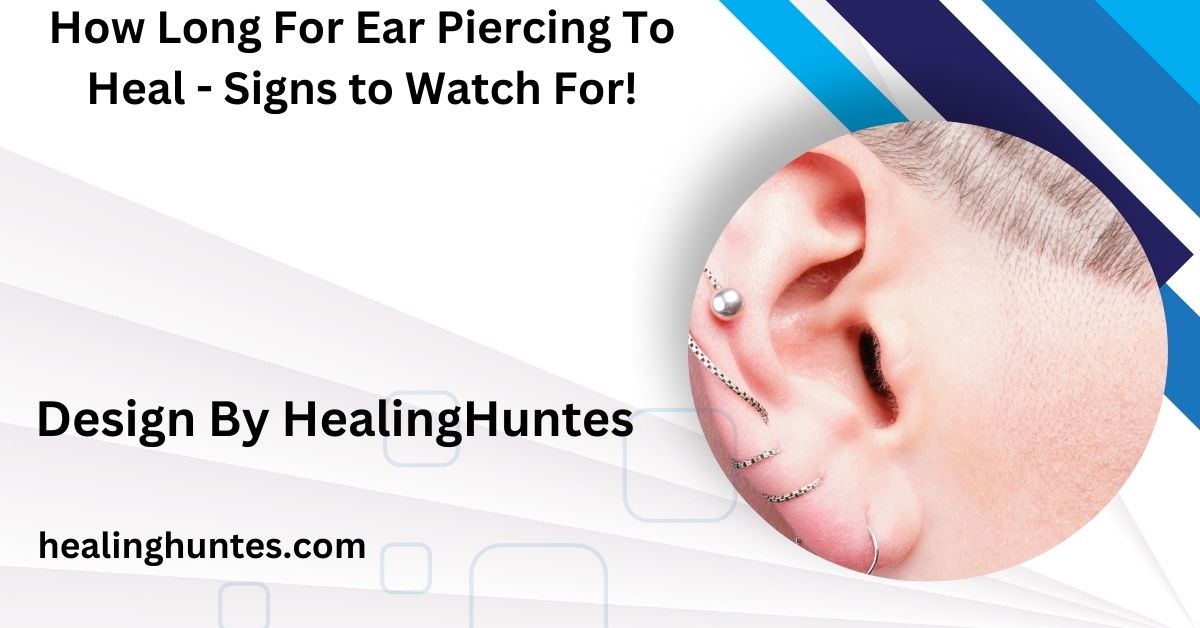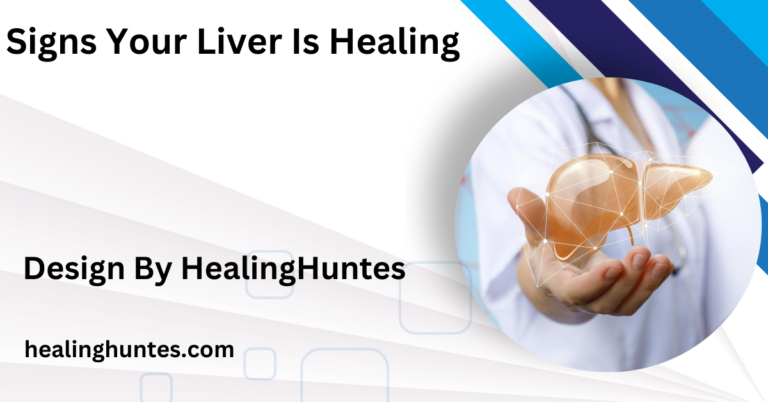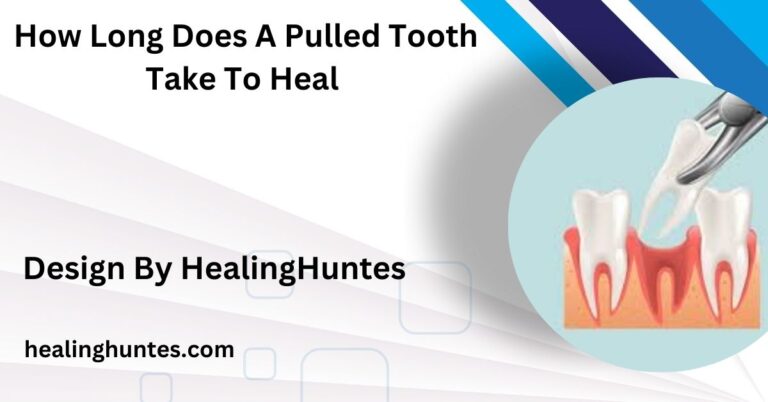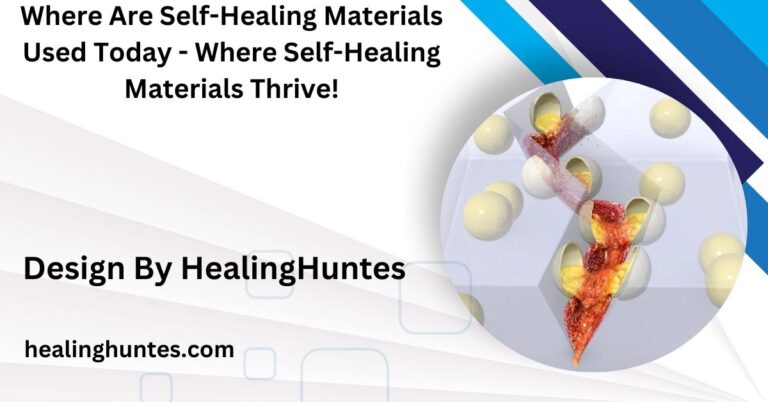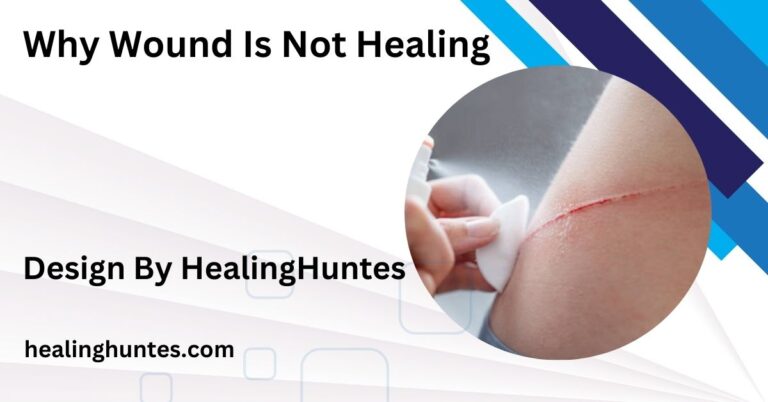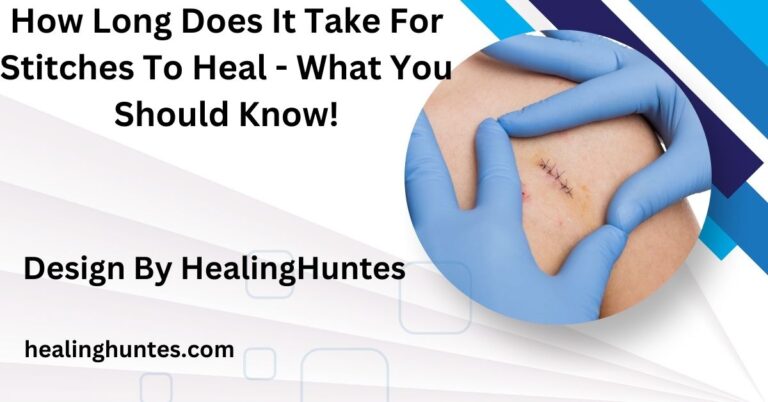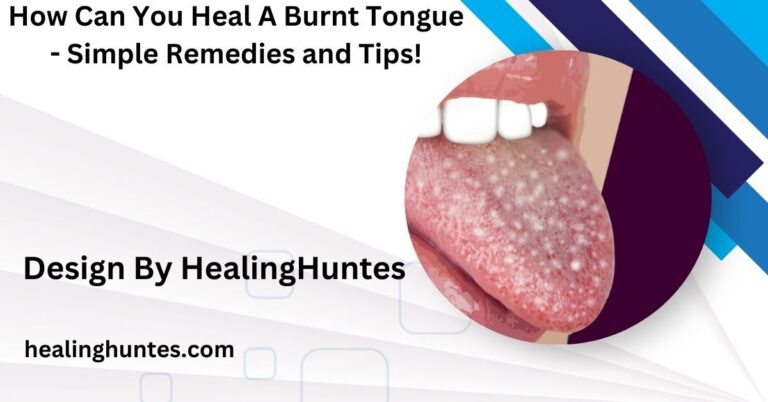How Long For Ear Piercing To Heal – Signs to Watch For!
Ear piercings heal in 6-8 weeks for earlobes and 3 months to a year for cartilage, with proper aftercare being key to recovery.
In this article, we’ll explore how long it typically takes for ear piercings to heal, the factors that influence healing time, and tips for proper aftercare to promote quick and smooth recovery.
Types of Ear Piercings and Healing Times:

The healing time for ear piercings varies based on the type of piercing. Earlobe piercings, the most common type, generally take 6 to 8 weeks to heal fully. However, cartilage piercings, such as helix or tragus piercings, can take much longer—anywhere from 3 months to a year due to the denser tissue in the area. It’s essential to understand the type of piercing you have to set realistic expectations for healing.
Factors That Affect Healing Time:
Several factors can influence how long it takes for an ear piercing to heal. The location of the piercing is a significant factor—cartilage areas naturally take longer to heal than earlobes. Your overall health and lifestyle also play a role; those with a healthy immune system may heal faster.
Location of the Piercing:
The healing time for ear piercings varies depending on the location. Earlobe piercings, which involve softer tissue, typically heal within 6 to 8 weeks. However, cartilage piercings, such as those on the helix or tragus, take longer—usually 3 months to a year—because of the thicker and less vascular tissue.
Also Read: How Long Does A Lip Piercing Take To Heal – Complete Healing Guide!
Individual Health Factors:
Your overall health significantly impacts how quickly your piercing heals. Individuals with strong immune systems tend to heal faster, while those with health conditions like diabetes or weakened immune responses may experience prolonged healing times. Additionally, age plays a role, as younger people generally heal quicker than older individuals due to faster tissue regeneration.
Aftercare and Hygiene:
How well you adhere to aftercare instructions is one of the most important factors in determining healing time. Proper cleaning with saline solution or antiseptics, avoiding unnecessary touching, and being cautious with activities that may irritate the piercing all contribute to faster healing.
Lifestyle Habits:
Certain lifestyle choices can also affect healing. Smoking, for example, can slow down the body’s ability to heal due to reduced blood flow. Stress and lack of sleep may also weaken the immune system, prolonging recovery time. On the other hand, maintaining a healthy lifestyle with balanced nutrition and hydration can support your body’s healing process.
Quality of the Piercing:
The quality of the piercing procedure itself, including the tools and jewelry used, can impact healing. Sterile tools and high-quality, hypoallergenic jewelry reduce the risk of infection or irritation, ensuring a smoother healing process. Choosing an experienced piercer and using appropriate materials can significantly affect how long it takes for your piercing to fully heal.
What to Expect During the Healing Process:

During the first few days after getting your ears pierced, you may experience redness, swelling, or mild pain. This is a normal part of the healing process as your body adjusts to the new piercing. Over the following weeks, the area will gradually heal, but it’s essential to be cautious and avoid unnecessary irritation. Healing times can vary, but consistent care is key to ensuring a trouble-free recovery.
Signs of Infection and When to Seek Help:
While mild discomfort is normal during the healing process, signs of infection should not be ignored. If you notice excessive swelling, redness, discharge of pus, or if the pain intensifies, it may be a sign of an infection. In such cases, it’s crucial to consult a healthcare professional to prevent complications. Early detection and treatment can help resolve infections before they become severe.
Avoiding Irritation During Healing:
To promote faster healing, it’s essential to minimize irritation around the piercing. Avoid tight clothing or accessories that may rub against your ears, and be cautious when styling your hair or using headphones. Make sure to keep your phone and pillowcases clean to avoid introducing bacteria to the area. Simple habits like these can help keep your piercing healthy and irritation-free.
Also Read: How Long Does A Cartilage Piercing Take To Heal – Healing Times, Care, and Common FAQ’s!
Can You Speed Up Piercing Healing:
While the healing time for piercings can’t be drastically shortened, there are ways to ensure a smoother and quicker recovery. Eating a balanced diet rich in vitamins, particularly Vitamin C and zinc, can support your immune system and speed up tissue repair. Staying hydrated and getting enough rest also contribute to your body’s natural healing processes.
How Long Before You Can Change Earrings:
One of the most common questions after getting an ear piercing is when you can safely change your earrings. For earlobe piercings, it’s typically safe to switch to new earrings after 6 to 8 weeks, but for cartilage piercings, you may need to wait at least 3 to 6 months. Always ensure the piercing is fully healed before removing the initial earrings to avoid irritation or infections.
Dealing with Piercing Bumps:
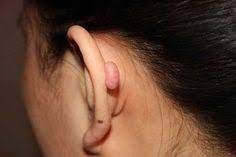
Piercing bumps are a common issue that can occur during the healing process. These bumps are usually caused by irritation, infection, or injury to the piercing. If you notice a small bump around your piercing, avoid squeezing or touching it, and continue to clean the area regularly. In most cases, the bump will disappear as the piercing continues to heal.
Cartilage vs Earlobe Piercings:
The healing times for earlobe and cartilage piercings differ significantly due to the nature of the tissue. Earlobes, which consist of softer tissue, tend to heal more quickly and easily. Cartilage, on the other hand, is denser and less vascular, which means it takes longer to heal and is more prone to complications like infections or bumps. Knowing these differences can help you prepare for the aftercare process based on your piercing type.
FAQ’s
1. How long does it take for earlobe piercings to heal?
Earlobe piercings typically heal within 6 to 8 weeks with proper care.
2. How long do cartilage piercings take to heal?
Cartilage piercings can take 3 months to a year to fully heal, depending on the location and aftercare.
3. Can I change my earrings before my piercing heals?
It’s recommended to wait until the piercing is fully healed—6 to 8 weeks for earlobes, and 3 to 6 months for cartilage—before changing earrings.
4. What should I do if my piercing gets infected?
If you suspect an infection, consult a healthcare professional immediately for appropriate treatment.
5. How can I prevent piercing infections?
Keep the area clean, avoid touching the piercing with unwashed hands, and follow proper aftercare instructions to prevent infections.
Conclusion
The time it takes for an ear piercing to heal depends on several factors, including the type of piercing and how well you care for it during the healing process. Earlobe piercings generally heal faster than cartilage piercings, but both require diligent aftercare to avoid complications like infections or irritation.
